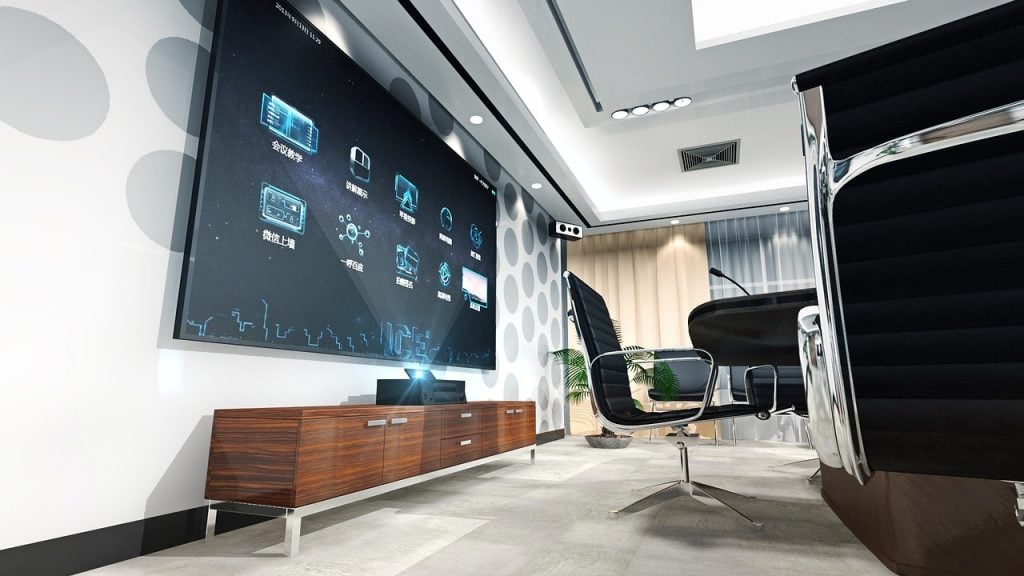Businesses are rapidly adapting their office environments to protect employees from COVID-19 as they scramble to get people back to work.

But beyond the social distancing protocols and intensive disinfection of work spaces, some companies are also leaning on new innovations in technology to accommodate their worker’s needs.
A survey this week by KayoCloud, which sells a real estate technology platform, found that 80% of companies are considering a hybrid work model that will see employees split their time between the office, for face-to-face meetings and collaboration, and remote work.
The New York Times, which reported on KayoCloud's survey, said that will likely lead to a transformation of people’s workspaces. For instance, some companies are thinking about replacing personal desks with a limited number of “hot desks” that can be claimed by whoever turns up for work on a specific day. As such, employees will need to reserve their hot desk ahead of time to ensure they can find somewhere to sit down.
“A year ago if I had interviewed people, they would have said they definitely need three file cabinets and a bookshelf,” Andrea Vanecko, a principal at NBBJ, an architecture firm, told The New York Times. “Now there’s a very different answer.”
The Times said that conference rooms are likely to be replaced by “Zoom rooms” too. A Zoom room would be equipped with a large scree on the wall to allow remote co-workers to appear on video at a meeting where others are physically present. The displays would also be used for video presentations. In addition, some companies are planning to introduce closet-sized phone booths equipped with a video screen to their offices that will act as private stations for videoconferencing.
Another exciting innovation is the use of holograms in the workplace. The Times said that some companies have already started testing technology that enables holographic representations of people to appear in a room where they are not physical present. Hologram tech involves the use of devices such as 360-degree cameras, microphones and speakers placed on a table or tripod to capture a person’s movements and audio. One day it may even be possible to project a 3D image of an employee directly into an empty seat in a room, so it would appear as if they are actually sitting in the room with other participants, the Times said.